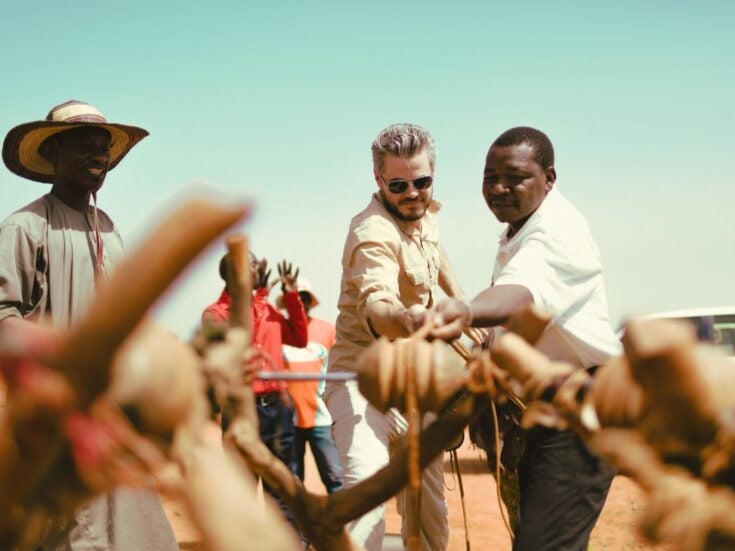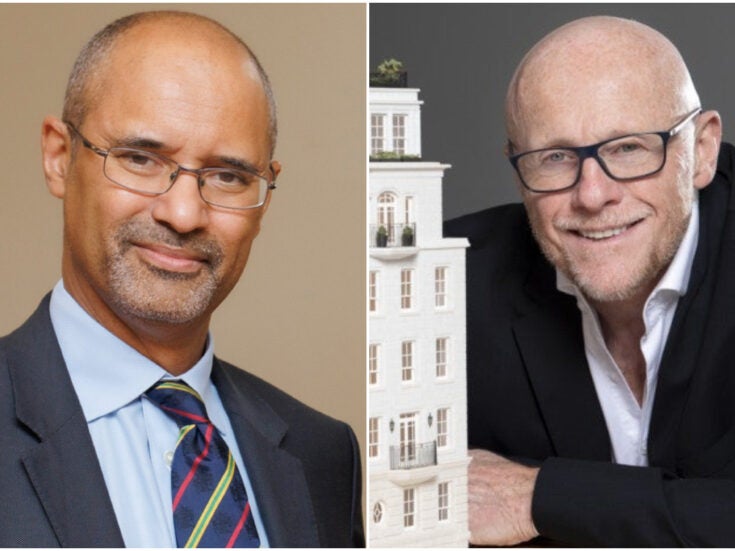
Landowning is not what it used to be – it’s now the latest philanthropic trend. Billionaire or Rich Lister names have been buying up enormous tracts of South America to turn them into nature preserves: Douglas Tompkins, Ted Turner, Joe Lewis and Luciano Benetton have between them bought a total of 4.5 million acres of Patagonia since 1991.
The most ambitious eco-philanthropic endeavour on the continent, however, is that of Kristine and Douglas Tompkins, who made their fortunes with clothing lines Patagonia and Esprit, respectively. They have bought 2.2 million acres of Patagonia, straddling Chile and Argentina, of which 742,000 acres have been turned over to the Chilean government as Pumalin Park.
Eco-philanthropy is not without its problems, however, as not everyone is grateful. Local populations are particularly suspicious of foreign eco-philanthropists buying up their land. Offended by the condescending implication that foreigners will be better preservationists than the natives, they accuse the eco-philanthropists of everything from kicking workers off their land, to promoting abortions, to creating a Zionist enclave, as in the case of the Tompkinses, who have also faced serious opposition from the Catholic Church and former Chilean President Eduardo Frei. Tribal leaders argue that their precious rainforests are a way of life for them and therefore not for sale.
In reality, this argument is naïve, for indigenous populations rarely hold title over the forests they inhabit, and when governments face tremendous political and financial pressure from logging companies and agricultural lobbyists, money is the only resource that matters.
Surely it is better for the land to be bought by
UHNWs who preserve it, thereby providing money for the governments, natural conservation and eco-tourism. Besides, this format is highly effective. Dutch philanthropist Paul Fentener van Vlissingen bought South Africa’s Marakele National Park and spent £15 million on restoring and re-wilding it in slightly over two years. It would likely have taken over a decade without his intervention.
Matters are no less controversial at home. English MFI furniture scion Paul Lister has bought 23,000 acres in the Scottish Highlands as a nature preserve called Alladale that he intends to re-wild and populate with the plants and animals that used to inhabit those lands (including deer, wild boar, bears, wolves and even lynx), applying the African template in Scotland.
Alladale works closely with Oxford University on its re-wilding research initiative. But it faces fierce opposition from the local population who fear the animals and want them securely fenced, while the fence then incurs the ire of right-to-roamers and council planners who insist that predator and prey cannot be in the same enclosed area – that would effectively make it a zoo. To resolve this last objection, his plan is to seek to double his land holdings in the coming years.
Whether in Alladale, Pumalin or Marakele, what is taking place is a new variety of eco-tourism. Eco-tourism of the past was always intended to be profitable, often with the devastating effects seen in the Masai Mara, where 3,000 beds and hundreds of caravans on miles of paved road compete to chase and glimpse a few startled and bemused animals. The new eco-tourist endeavour is funded at a loss by UHNWs who then invite other UHNWs to stay in a larger and far more exclusive surrounding (with 52 beds instead of 3,000) to help them re-connect with nature and perhaps inspire them to launch or endow similar ventures.
The point is to create very-low-impact eco-tourism that still provides jobs and educational scholarships and healthcare to the local community. This is what Wall Street fund manager Paul Tudor Jones and South African Luke Bailes have accomplished in their Singita Grumeti Reserves, one of the most luxurious destinations in Africa. If and when the Grumeti Reserves do turn a profit, they go directly to the Grumeti Fund, which has already helped finance chicken-, pig- and bee-keeping businesses, fund educational scholarships, employ 125 poaching scouts, and undertake animal research.
Tudor Jones cut his eco-philanthropic teeth on his Pamushana Lodge in Zimbabwe, where his 130,000 acres of wild country are now rarely visited under Mugabe, yet still feeds 25,000 Zimbabweans a day. In Kenya, the Bonde Nielsen family is doing something similar in their 65,000-acre Oldonyo Laro. Mark Jenkins, Oldonyo Laro’s manager, says they’d like to create ‘a conservation-based economy from Ambolesi to Masai Mara’, a 120-kilometre stretch.
Yet suspicions and accusations still fly, especially (and ironically) from conservation groups, who allege that some of the land being bought is also in financially promising areas. They often cite George Soros, who is investing $300 million in a venture to produce biofuel and sugar cane in Brazil’s Cerrado, arguably one of the most endangered rainforest regions on Earth.
And when the Swedish-born tycoon Johan Eliasch, who bought a 400,000-acre plot of Brazilian rainforest for £8 million, suggested that conservationists should be given carbon credits for preserving trees, he was suspected of ulterior motives, in spite of his avowed intention to use any revenue therefrom to buy more rainforest. Eco-philanthropy must avoid being susceptible to such charges.
Despite the difficulties, eco-philanthropy is taking off as the latest trend among UHNWs. Seventeen per cent of the world’s UHNWs give ten per cent of their income to charity every year, totalling $285 billion in 2006 alone, with climate change and environmental conservation getting an ever-increasing percentage of these billions. Yet there are still plenty of places that need the foreign eco-philanthropic dollar.
Cameroon has been trying desperately for the past seven years to lease 2,051,000 acres of its rainforest for the modest sum of $0.80 per acre, or $1.6 million a year, but has found no takers. Unless a foreign conservationist of the Tompkins, Lister, Turner, Tudor Jones, Benetton or Bonde Nielsen ilk steps in, it is likely to be deforested by loggers. What objections will the local population have then?






